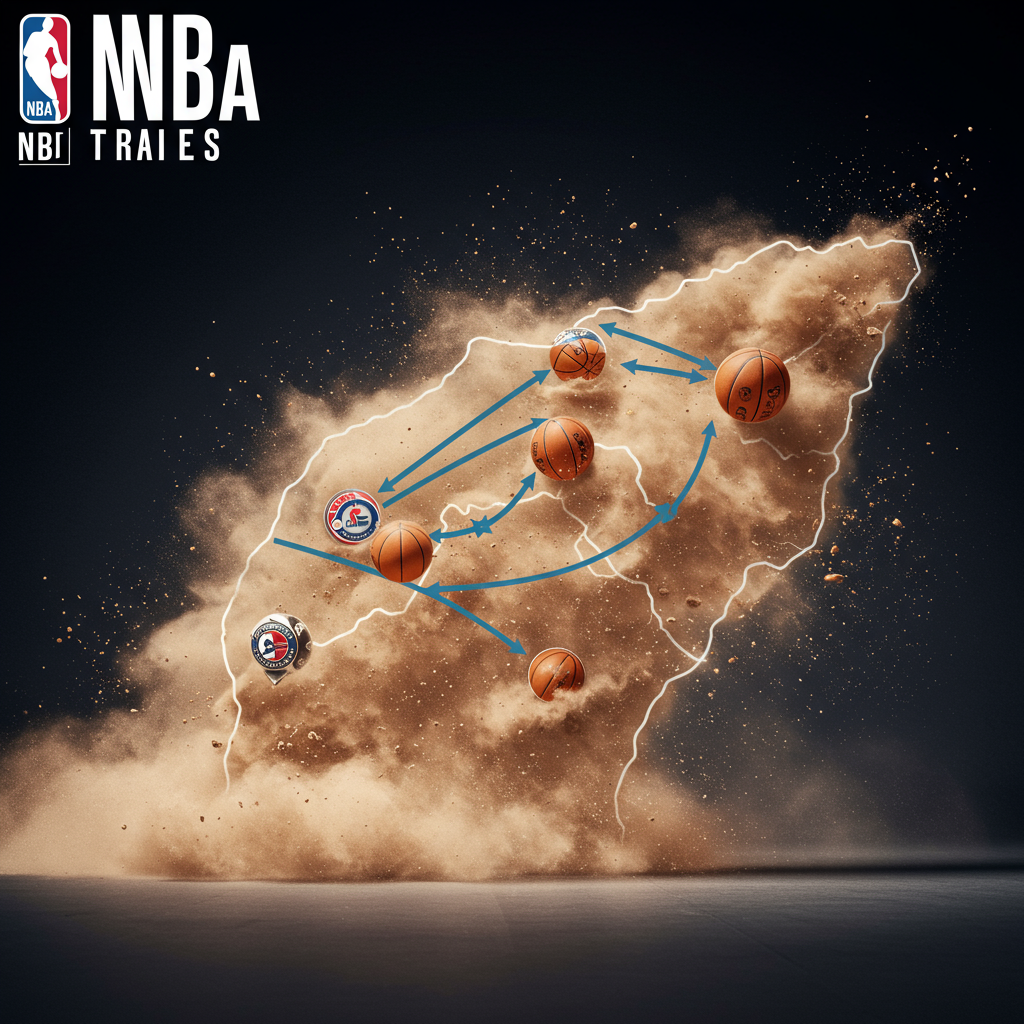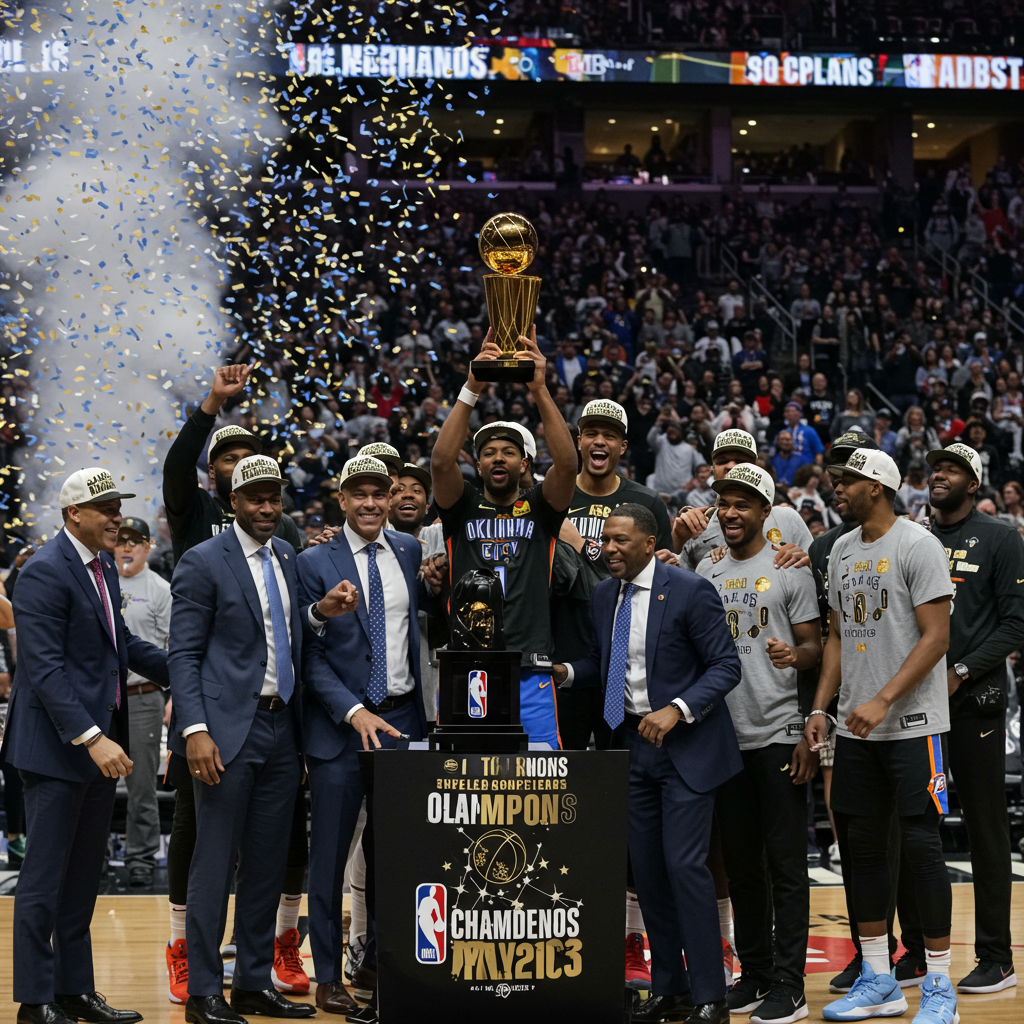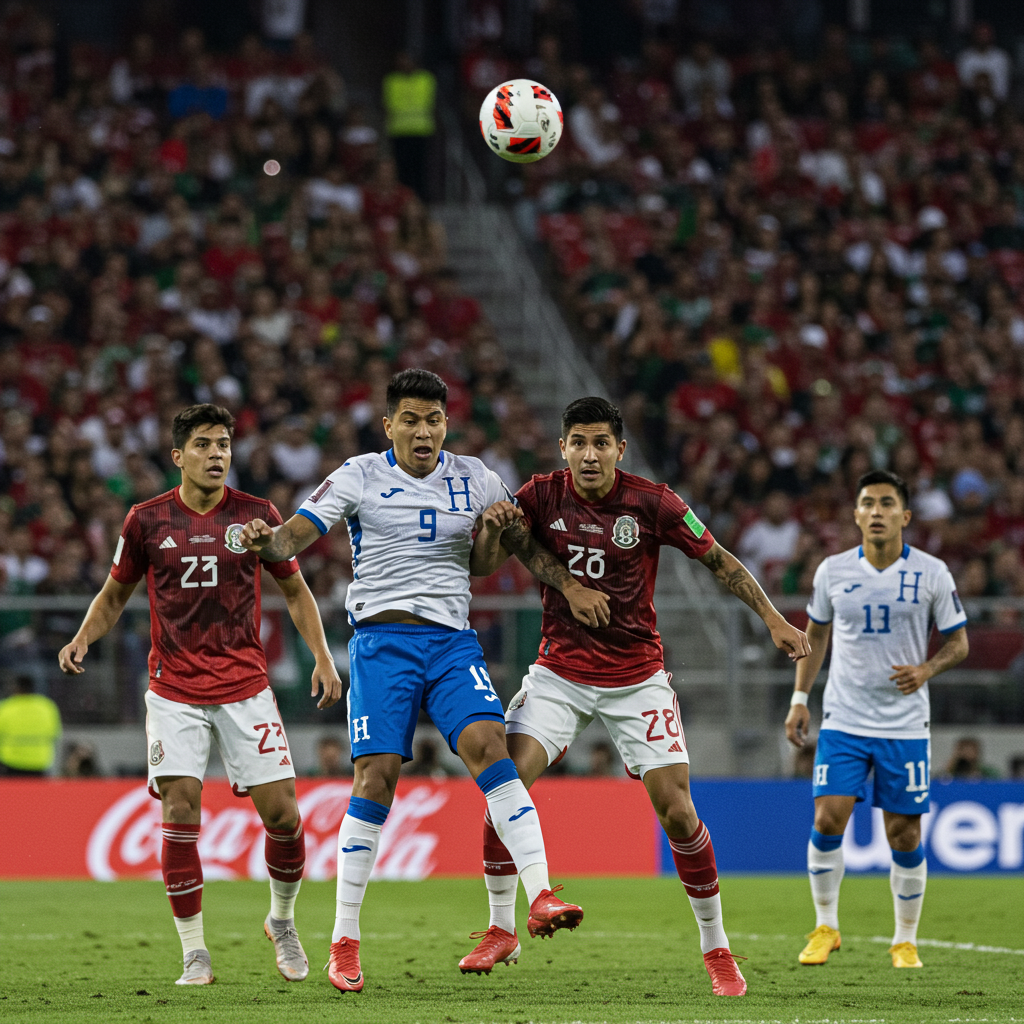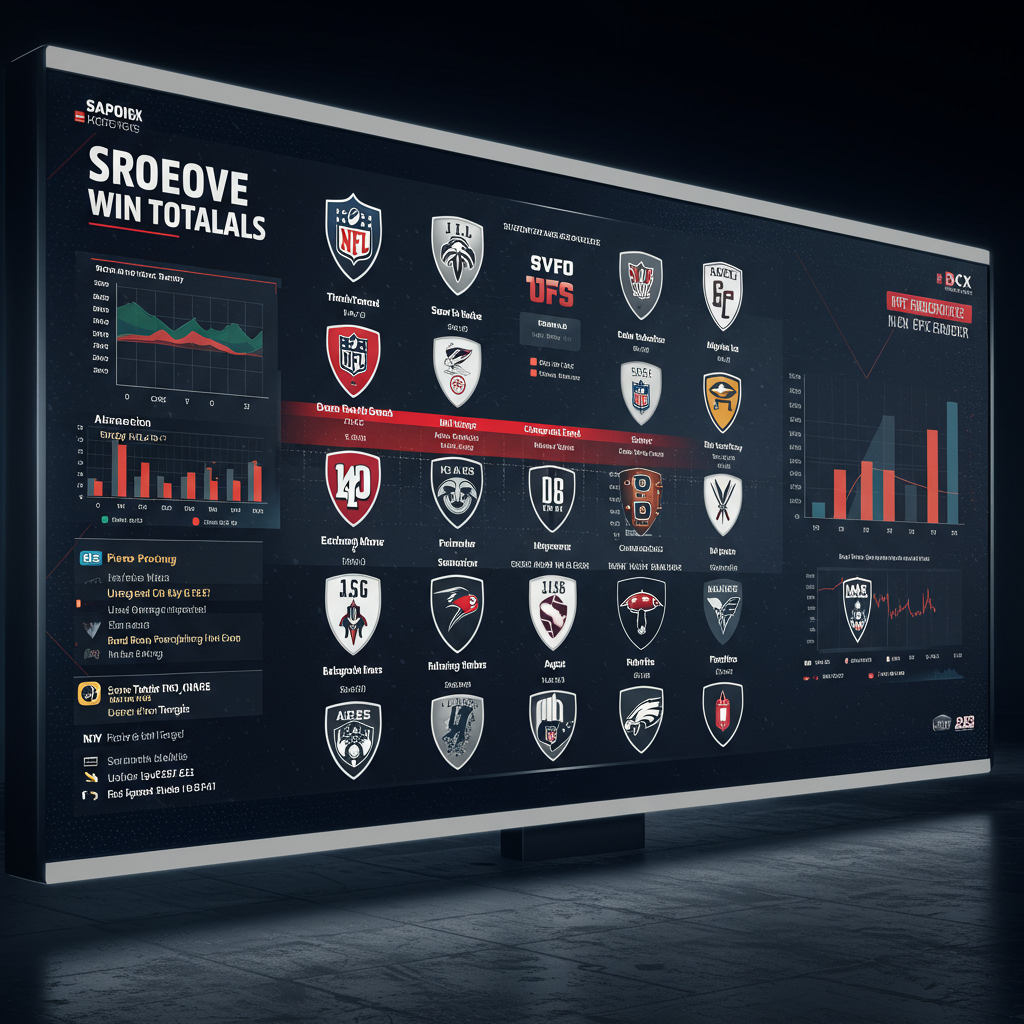The NBA offseason burst into action at a breathtaking pace this year. Even before the NBA Finals concluded, major seismic shifts began, headlined by blockbuster trades and pivotal free agent decisions. From stars re-signing with their teams to opting out or getting moved in dramatic fashion, the landscape of the league changed almost overnight.
Now that the initial flurry of activity has subsided and the dust begins to settle, it’s time to evaluate the outcomes. Which franchises navigated this chaotic period most effectively? Who made the savvy moves that promise future success? And which teams potentially made costly missteps that could hinder their progress? Let’s break down the key winners and losers of the recent NBA free agency and offseason period.
NBA Offseason Winners: Teams That Excelled
Several teams capitalized brilliantly during the offseason. They addressed key needs, acquired significant talent, and positioned themselves for improved competitive standing.
Houston Rockets
The Houston Rockets stand out as clear winners. Their pivotal move was acquiring Kevin Durant. The trade package for Durant was notably affordable, involving Jalen Green, Dillon Brooks, one first-round pick, and five second-round picks. Durant provides the elite scoring and defense-bending ability the team desperately needed. This was evident after their playoff exit last season.
Houston didn’t stop there. They significantly upgraded their roster depth and quality. Signing Dorian Finney-Smith to a four-year, $53 million deal added a strong defensive wing, arguably better than Brooks with fewer technical issues. Clint Capela arrived on a three-year deal, providing a reliable backup center option. The Rockets also secured their core. They re-signed Fred VanVleet, extended Jabari Smith Jr. on a fair deal, and brought back key role players like Jae’Sean Tate, Aaron Holiday, and Jeff Green. Coach Ime Udoka also received an extension. These calculated steps transform Houston into a clear title contender, ready to challenge the Western Conference’s elite, including Oklahoma City.
Atlanta Hawks
New general manager Onsi Saleh deserves immense credit for the Atlanta Hawks’ remarkable offseason. Building around an undersized point guard presents unique challenges, especially defensively. This necessitates an elite rim protector. The Hawks addressed this by acquiring Kristaps Porziņģis from Boston. This move is a bet on Porziņģis’s health. He provides crucial shooting and paint protection.
Atlanta also bolstered their defensive and shooting capabilities. They acquired Nickeil Alexander-Walker from Minnesota, creating a formidable defensive wing duo with Dyson Daniels. Luke Kennard arrived to add valuable shooting depth. On draft night, Atlanta executed a masterful trade. They effectively “fleeced” New Orleans by trading back 10 spots (from 13th to 23rd) and securing a valuable unprotected 2026 first-round pick. This pick could be highly valuable depending on future outcomes. These strategic maneuvers elevate the Hawks from a borderline play-in team to a potential top-four contender in the Eastern Conference.
Denver Nuggets
The Denver Nuggets pushed Oklahoma City to seven games in the playoffs last season. It was clear they needed more depth, shooting, and defense to get over the hump. Denver successfully addressed these areas this offseason. They traded Michael Porter Jr. for Cameron Johnson from Brooklyn. Johnson offers comparable shooting to Porter but is a significantly better defender with a higher basketball IQ.
The Nuggets also brought back a crucial piece of their championship run, Bruce Brown Jr., on a veteran minimum deal. Tim Hardaway Jr. was added to provide additional shooting and backcourt depth. A potential trade for Jonas Valanciunas was agreed upon, requiring only Dario Saric in return. Valanciunas would be the best backup center Denver has had during the Nikola Jokić era. This provides much-needed relief when Jokić rests. (Note: Valanciunas is reportedly considering returning to Europe, which could impact this assessment). Assuming Valanciunas stays, Denver significantly improved its rotation depth and quality. This positions them strongly to contend for another championship.
Orlando Magic
The Orlando Magic made a straightforward but impactful move that instantly made them winners. Acquiring Desmond Bane was a perfect fit for their roster needs. Orlando boasts an elite defense and promising young forwards like Paolo Banchero and Franz Wagner. Their key deficiency was shooting and guard shot creation.
Bane, a career 41% three-point shooter and an improved shot creator, addresses this perfectly. He is a hand-in-glove fit at shooting guard next to Jalen Suggs. The Magic also made a smart move by signing Tyus Jones as a backup point guard on a one-year deal. Jones provides crucial ball-handling and organization. These additions significantly improve Orlando’s offense. They now look like a potential top-four team in the Eastern Conference next season.
LA Clippers
The Los Angeles Clippers successfully addressed their backup center needs. They signed Brook Lopez to a two-year, $18 million contract. Despite being 37, Lopez remains an elite rim protector and an effective pick-and-pop shooter. His age is less concerning in a reduced backup role. The Clippers retained key players like James Harden and Nicolas Batum. Adding Lopez strengthens their core. They remain contenders while navigating luxury tax considerations.
Detroit Pistons
The Detroit Pistons bounced back from a tough start to their offseason. They added veterans on short-term deals to support Cade Cunningham’s development. Caris LeVert provides scoring and playmaking depth on a two-year, $29 million contract. Duncan Robinson was acquired via sign-and-trade (three-year, $48 million with a partial guarantee). Robinson adds crucial three-point gravity and floor spacing, which could benefit Jalen Duren. These moves provide better options and flexibility for the future.
New York Knicks
The New York Knicks proved adept at improving around the edges despite limited salary cap flexibility. Following a deep playoff run, they added Jordan Clarkson and Guerson Yabusele. These additions create a viable nine-man rotation. Under new coach Mike Brown, the Knicks are positioned to compete in the open Eastern Conference. They successfully managed their hard-capped situation.
Rewarding “Good Dudes”
Several role players earned significant contracts this offseason. This highlights the value teams place on reliable, high-character contributors. Luke Kornet signed a four-year, $41 million deal with the Spurs. He fits perfectly backing up Victor Wembanyama, providing paint protection and rebounding. Kevon Looney earned a two-year, $16 million contract from the Pelicans. Dorian Finney-Smith and Nickeil Alexander-Walker also secured well-deserved deals. Their success underscores that hard work and excelling in a specific role pays off.
NBA Offseason Losers: Teams That Missed Opportunities
Not every team emerged from the offseason positively. Some made questionable decisions or failed to address pressing needs effectively.
New Orleans Pelicans
The New Orleans Pelicans’ offseason strategy remains bewildering to many observers. Their direction under GM Joe Dumars is unclear. While holding onto Zion Williamson despite lowball offers was a defensible move, other decisions were less so. They drafted Jeremiah Fears and Derik Queen. Queen’s game potentially overlaps with Williamson’s.
Their most criticized move was on draft night. New Orleans traded their most favorable unprotected 2026 first-round pick (likely their own) to move up just 10 spots to select Queen. Given their recent record and the deep Western Conference, that 2026 pick is likely a high lottery selection. Trading such a valuable future asset is a massive bet on Queen. The timing during the Finals also meant missing opportunities. Waiving shooter Antonio Reeves also drew criticism. The lack of a clear plan and questionable asset management make the Pelicans losers.
Indiana Pacers
The Indiana Pacers endured a rough few weeks. Losing Tyrese Haliburton to a torn Achilles in Game 7 was devastating. This was compounded by ownership letting Myles Turner walk in free agency. The team was expected to enter the luxury tax to keep their core together. Haliburton’s injury made next season look like a gap year.
Owner Herb Simon reportedly balked at paying the tax for a non-contending season. The team reportedly lowballed Turner. He then signed for the market rate with Milwaukee. Indiana received nothing in return for a valuable starting center. While previous spending decisions (like Andrew Nembhard’s contract) are debatable, losing Turner for zero return worsened an already bad situation. It risks turning their recent success into a one-time fluke.
Los Angeles Lakers
Despite winning 50 games, the Los Angeles Lakers failed to significantly improve this offseason. They lost key free agent Dorian Finney-Smith. Their main addition, Jake LaRavia, is seen as a depth player, not a difference-maker. Failing to secure a starting center like Brook Lopez (who signed with the Clippers) was a blow. LeBron James picked up his player option, but his agent’s comments about wanting to compete now highlight tension. Building a true contender around a 40-year-old James and Luka Dončić is complex. The acquisition of Deandre Ayton is seen by some as a temporary fix. Hopes rest on their new coaching staff to help Ayton re-establish his value. The Lakers seem caught between timelines.
Minnesota Timberwolves
The Minnesota Timberwolves had a relatively static offseason in a dynamic Western Conference. They re-signed Naz Reid and Julius Randle to large deals. They are betting on continuity and internal growth. However, they lost Nickeil Alexander-Walker. Mike Conley Jr. is also aging. Rivals made significant moves. The Timberwolves remain close to the second apron. This limits their flexibility. Their standing appears diminished relative to the conference’s improved teams.
Sacramento Kings
The Sacramento Kings made a confusing trade that sent Jonas Valanciunas away for Dario Saric. They then signed Dennis Schröder using the full midlevel exception. This combination is predicted to create one of the league’s weakest defenses. It represents a step backward strategically.
Michael Porter Jr.
Michael Porter Jr. is a loser in terms of his team situation. He was traded to the Brooklyn Nets. While this might offer more offensive freedom, Brooklyn’s direction is questionable. They used multiple draft picks without making significant trades. This is a gamble on late draft talent. Porter was a good Nugget who disliked losing. He will likely experience more losing with the Nets.
Restricted Free Agents
Restricted free agents (RFAs) were losers in this market. Without cap-space teams aggressively bidding, prominent RFAs like Josh Giddey, Jonathan Kuminga, Cam Thomas, and Quentin Grimes face uncertainty. Contracts may be shorter or less valuable than anticipated. Sign-and-trade possibilities add complexity. The lack of bidding wars made this a difficult market for these talented, but sometimes flawed, players.
The NBA Itself
The NBA’s free agency period was less exciting this year. Opening night lacked the usual drama. The new second apron rules limit team spending. A rule allowing teams to negotiate with their own free agents before the official start spreads out news. This diminished the immediate drama of the start of free agency.
Teams With Mixed Results (Winners and Losers)
Some teams made moves that are difficult to classify definitively. They achieved positive outcomes in some areas while creating new challenges in others.
Milwaukee Bucks / Damian Lillard
The Milwaukee Bucks made a bold move for Myles Turner. This acquisition is a short-term win. It potentially makes Giannis Antetokounmpo happy enough to stay and not request a trade. The team with Turner is considered good. They could make a deep playoff run if Giannis plays at an MVP level.
However, the long-term outlook is poor. The Bucks waived and stretched Damian Lillard’s remaining contract to create space for Turner. This created $22.5 million in dead money annually for five years. They also don’t control their own first-round pick until 2031. The team is not in good shape long-term. It is described as a “house of cards.” Lillard, meanwhile, is a winner. He will collect large payments while potentially choosing his next team once healthy. The move benefited him personally but significantly hurt Milwaukee’s future flexibility.
Oklahoma City Thunder
The Oklahoma City Thunder are paradoxically winners and losers. They are winners for winning the championship and securing Shai Gilgeous-Alexander’s extension. This solidifies their future.
However, they are also losers. They did not dominate the playoffs as expected. The Western Conference has significantly improved around them. Teams like the Rockets, Nuggets, and Clippers have gotten better. This makes their title defense a substantial challenge. Their path forward is now tougher than it might have seemed before the offseason.
Dallas Mavericks
The Dallas Mavericks had a “weird year” culminating in trading Luka Dončić. They landed the #1 pick (Cooper Flagg) and are starting over. Their first free agency move was signing D’Angelo Russell. While needed due to Kyrie Irving’s injury and at a reasonable price, pairing Russell with Flagg is questioned. Russell is seen by some as not playing “the right way.” Flagg is praised for doing so. The Mavericks also didn’t address their defensive issues significantly. As the saying goes, defense wins championships. Their moves feel mixed.
Heat Culture / Bam Adebayo
“Heat Culture” is a loser in the context of Bam Adebayo’s situation. Adebayo is a foundational defensive star. He recently signed a large extension. However, the team seems to be in the “wilderness” after a playoff exit. They are far from contention. It’s unclear how they build a contender around Adebayo. Some might question if trading him makes sense given their current state.
The Proliferation of Double-Big Lineups
A positive trend that emerged was the increased adoption of double-big lineups. Following Oklahoma City’s success, more teams committed to playing two (or even three) traditional big men. This counters dominant bigs like Jokić and Wembanyama. Modern bigs have improved skills, spacing, and defensive mobility. This trend combines versatility with a renewed focus on paint presence and rebounding. It indicates an evolution in league strategy.
Key Offseason Trends
This offseason highlighted several significant trends across the league:
Rapid Pace: The market moved extremely quickly, with major deals finalized within hours of the free agency period beginning (or even before).
Second Apron Impact: The new Collective Bargaining Agreement’s second apron clearly limited spending and flexibility for high-spending teams. This forced creative solutions and impacted how teams approached roster building and asset management.
Focus on Specific Needs: Teams zeroed in on acquiring players who fit specific molds (e.g., 3-and-D wings, backup centers, floor-spacing bigs) rather than just pursuing the biggest names available.
Evolving Big Man Roles: The success of unique bigs like Jokić and Wembanyama, combined with evolving player skills, seems to be bringing traditional big man roles back into prominence, sometimes in new configurations like double-big lineups.
Frequently Asked Questions
Which teams were considered major winners in the recent NBA offseason?
Key winners included the Houston Rockets, who added Kevin Durant and significant depth. The Atlanta Hawks made shrewd trades for Kristaps Porzingis and a valuable draft pick, while also adding solid role players. The Denver Nuggets enhanced their depth, shooting, and defense around Nikola Jokić. The Orlando Magic significantly improved their offense by acquiring Desmond Bane and Tyus Jones.
Why were the Pelicans and Pacers labeled as losers this offseason?
The New Orleans Pelicans are seen as losers due to questionable asset management, particularly trading a valuable unprotected 2026 first-round pick to move up just 10 spots in this year’s draft. The Indiana Pacers had a rough offseason after Tyrese Haliburton’s injury. They compounded the issue by losing starting center Myles Turner in free agency for no compensation due to ownership’s reported reluctance to pay the luxury tax.
How did the new second apron and rules impact this year’s NBA free agency?
The new collective bargaining agreement’s second apron significantly restricted the spending and trade flexibility of high-spending teams. This forced teams to be more strategic and creative in their moves, potentially contributing to a quieter free agency period without major bidding wars for restricted free agents. Allowing teams to negotiate with their own free agents before the official start also spread out the news.
Conclusion
This NBA offseason was defined by rapid change and strategic maneuvering. Some teams, like the Rockets, Hawks, Nuggets, and Magic, executed their plans masterfully. They positioned themselves for significant improvements and potential deep playoff runs. Others, such as the Pelicans and Pacers, seemed to stumble, facing questions about their direction and asset management. The new league rules, particularly the second apron, clearly influenced team behavior. While the biggest moves may be done, the ripple effects of this transformative period will shape the league’s competitive landscape for seasons to come. Only time will tell how these calculated gambles and missed opportunities truly play out on the court.
Word Count Check: 2222




